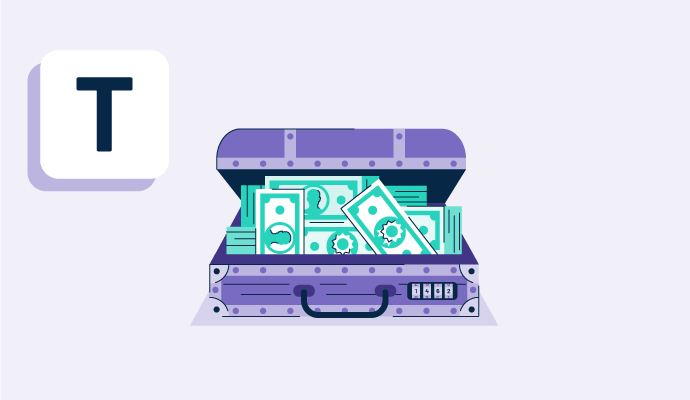What is treasury stock?
Treasury stock, also called reacquired stock, refers to repurchased shares of a company’s own stock. Repurchasing lowers the number of available shares on the market. The organization can then hold onto these shares, re-sell them, or cancel them.
A corporation often buys back shares if it perceives that its stock is undervalued. With fewer total outstanding shares, the value of each remaining one increases, benefitting both shareholders and the company itself.
Equity management software helps organizations track their stock’s value and ownership through cap tables. These tools guide corporations toward better decisions that help meet their financial goals.
Benefits of treasury stock
Companies acquire treasury stock by buying back existing shares. Purchasing their own stock has several advantages, including:
- Boosting value to shareholders. When a company’s stock is undervalued, it may consider a buy-back. The company’s overall value stays the same, but the remaining shares in the market increase in price, which raises the value of each shareholder’s holdings.
- Improving the company’s reputation. If an organization repurchases stock shares, it likely has a cash surplus. Each share is also worth more once the organization completes the buy-back. An improvement in earnings per share (EPS) helps the organization’s market sentiment.
- Providing incentives to employees. Companies can use treasury stock to issue shares for employee stock option plans. These plans are part of benefits administration and give employees an added financial perk and an incentive to work hard because their success directly connects to the company’s.
- Preventing hostile takeovers. An organization sometimes acquires treasury stock as a defensive tactic to avoid a hostile takeover, a situation in which one corporation tries to acquire another without the board of directors' approval. With a buy-back of undervalued shares, current investors see the value of their holdings and voting rights increase, giving them more of a controlling interest.
Methods of acquiring treasury stock
Organizations can obtain treasury stock by buying back shares. Companies typically conduct a share repurchase in one of three ways.
- Open-market repurchase (OMR): A company directly purchases stock from the open market, just as typical investors would.
- Tender offer: An organization makes a public bid to buy shareholders’ stock. The organization establishes a price per share – usually more than market value – and sets a time frame for the offer.
- Dutch auction: Instead of the company setting the price, it takes bids from shareholders who want to sell. The company names a price range they are willing to accept, and shareholders make offers under that number. After considering all bids, the company starts by purchasing shares at the lowest bids upward until they have their desired number of treasury shares.
Treasury stock vs. common stock
Treasury stock starts as common stock, and both types affect the amount of equity a company can record. However, the similarities end there because the stock types have many differences in value and usage.
A company creates common stock when it offers ownership shares to the public. The company benefits from a cash inflow as people purchase shares. As a result, the company can record increases on its balance sheet for cash and stockholders’ equity. Buying common stock gives investors the opportunity for financial gains and voting rights.
A company creates treasury stock when it buys back its own common stock. This transaction negatively impacts cash on a balance sheet since the company is paying for the shares and stockholders’ equity. At the same time, the transaction typically has positive implications for other metrics, such as EPS. When a company holds treasury stock, the shares don’t get traded publicly, represent ownership, or carry voting rights.
Organizations holding treasury stock have three main options: they can hold onto the treasury shares, reissue them as common stock, or retire them altogether.

Kelly Fiorini
Kelly Fiorini is a freelance writer for G2. After ten years as a teacher, Kelly now creates content for mostly B2B SaaS clients. In her free time, she’s usually reading, spilling coffee, walking her dogs, and trying to keep her plants alive. Kelly received her Bachelor of Arts in English from the University of Notre Dame and her Master of Arts in Teaching from the University of Louisville.

